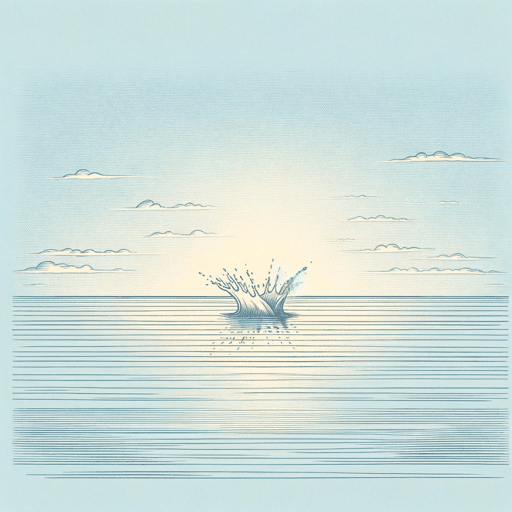19 pages • 38 minutes read
William Carlos WilliamsLandscape with the Fall of Icarus
Fiction | Poem | Adult | Published in 1960A modern alternative to SparkNotes and CliffsNotes, SuperSummary offers high-quality Study Guides with detailed chapter summaries and analysis of major themes, characters, and more.
Summary and Study Guide
Overview
“Landscape with the Fall of Icarus” is a poem by American modernist poet William Carlos Williams. It was first published in 1960 in The Hudson Review and later appeared in Williams’s last poetry collection, Pictures from Brueghel and Other Poems, published in 1962. The poem, with its use of concise, vivid imagery and direct language, draws on the 20th-century literary movements of modernism and imagism.
Williams’s “Landscape with the Fall of Icarus” is an example of ekphrasis, inspired by and engaging with a 16th-century painting of the same name attributed to Pieter Brueghel the Elder. The poem is representative of Williams’s trademark style, with its clear, concise language and its merging of the mythical and the mundane. Like Brueghel’s painting, the poem explores the coexistence of grand mythical events and the commonplace through the story of Icarus, a figure from Greek mythology who fell to his death when the wax holding together his artificial wings began to melt after he flew too close to the sun. The farmer’s indifference to Icarus’s fall reframes tragedy as a matter of perspective, reflecting upon the insignificance of individual lives amid the larger landscape of existence. The poem explores themes such as The Tension Between Myth and Reality, The Transience of Human Experience, and The Power of Nature.
Poet Biography
William Carlos Williams was a pioneering American poet and a key figure of modernist literature. He was born on September 17, 1883 in Rutherford, New Jersey, the son of a Puerto Rican mother and an English father. Williams attended the University of Pennsylvania, where he earned his medical degree while also pursuing studies that advanced his literary interests. Throughout his life, Williams worked as a medical doctor while continuing to write poems, novels, essays, and plays.
Williams became one of the founding poets of the Imagist movement, along with contemporaries such as Ezra Pound. Imagist poetry, which is characterized by its clear, concise language and vivid imagery, sought to break away from earlier poetic movements like Romanticism. Williams’s Imagist style began to emerge as early as The Tempers (1913) and Al Que Quiere! (1917). While living a conventional daily life, Williams became known as an innovator in his poetry, exploring themes drawn from American life and inspired by the essence of the everyday. Some of his more experimental works, such as his Kora in Hell: Improvisations (1920), were harshly attacked during his lifetime. Williams also felt challenged by the success of other contemporary poets whose approach to modern literature was very different from his, especially T. S. Eliot.
In the 1920s, Williams published Spring and All (1923), which contained some of his most successful and enduring poems. In the 1930s, Williams published further poems as well as essays and novels. But it was Williams’s Paterson (published in five volumes between 1946 and 1958) that brought Williams the attention he had long sought. Paterson is an epic exploration of the city of Paterson, New Jersey, where Williams spent most of his life. The poem handles the city’s history, its people, and the dynamics of modern urban existence, showcasing Williams’s commitment to capturing the beauty and complexity of everyday experiences.
Williams’s health began to fail in the 1940s, when the poet suffered the first of several heart attacks. But Williams remained productive, producing many of his most famous works in the final decades of his life. It is to this late period that Williams’s “Landscape with the Fall of Icarus” belongs. This poem, a famous example of Williams’s Imagist style, was eventually published with the poet’s last book, Pictures from Brueghel, for which he was awarded the Pulitzer Prize in 1963. Williams died on March 4, 1963 at age 79.
Poem Text
Williams, William Carlos. “Landscape with the Fall of Icarus.” 1962. Academy of American Poets.
Summary
William Carlos Williams’s “Landscape with the Fall of Icarus” is an ekphrasis, that is, a poem that describes a work of art. The work of art described in the poem is a painting by Pieter Brueghel (or Bruegel) the Elder, whose authority Williams cites in the very first line of the poem. Williams’s poem is a retelling of the myth of the fall and death of Icarus as interpreted in Brueghel’s painting. In the myth, alluded to in the poem as well as the painting it describes, Icarus flies away from his prison on the island of Crete on artificial wings designed by his father Daedalus. But Icarus flies too close to the sun, and the wax holding the wings together melts, causing Icarus to fall to his death.
Williams’s ekphrastic poem translates Brueghel’s painting into words. In the first stanza, the speaker reveals they are looking at Brueghel’s painting of Icarus, noting the fall occurs in the spring. In the second stanza, the speaker sees that a farmer is plowing his field, and notes in the following stanzas that the landscape is awakening to new life. This landscape and the farmer appear to be only concerned with themselves. The farmer sweats in the same sun that melts Icarus’s wings. Somewhere off the coast, there is “a splash quite unnoticed” (Line 19) as Icarus drowns in the distance.
Related Titles
By William Carlos Williams

Approach of Winter
William Carlos Williams

Between Walls
William Carlos Williams

In the American Grain
William Carlos Williams
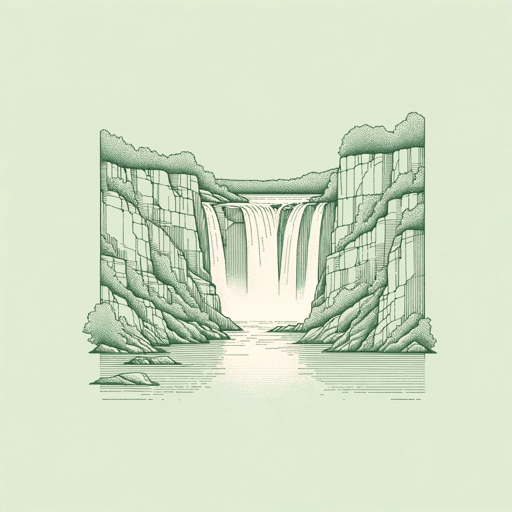
Paterson
William Carlos Williams
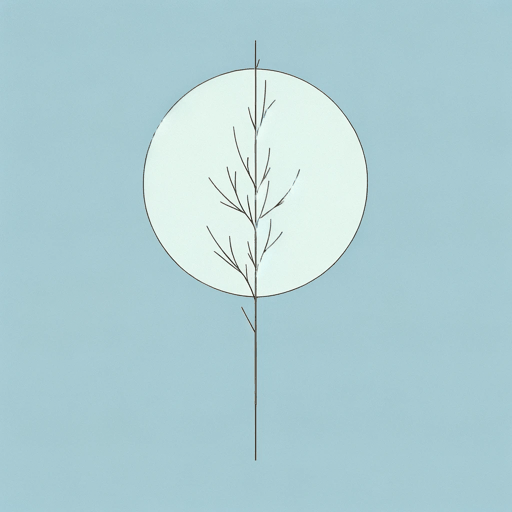
Spring and All
William Carlos Williams

Spring Storm
William Carlos Williams

The Red Wheelbarrow
William Carlos Williams

The Young Housewife
William Carlos Williams
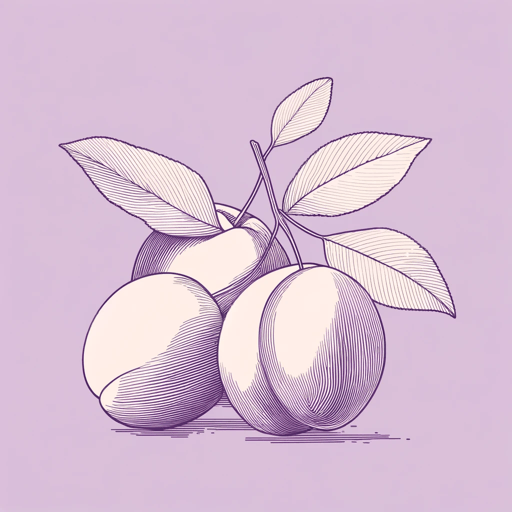
This Is Just to Say
William Carlos Williams

To Elsie
William Carlos Williams
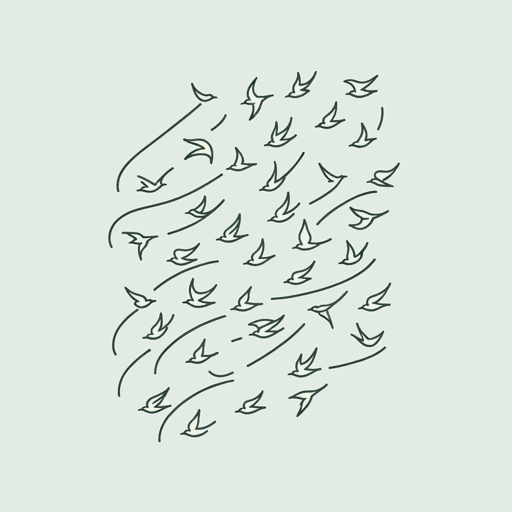
To Waken An Old Lady
William Carlos Williams
